Enhancing Paper Quality Through Integrated Data Analytics

In the fiercely competitive paper industry, consistent, high-quality paper isn’t just a goal—it’s the bedrock of profitability and customer satisfaction. However, traditional methods of monitoring paper quality often fall short,…
Innovative Data Analytics in the Paper Industry: Balancing Ad Hoc Insights with Automated Consistency
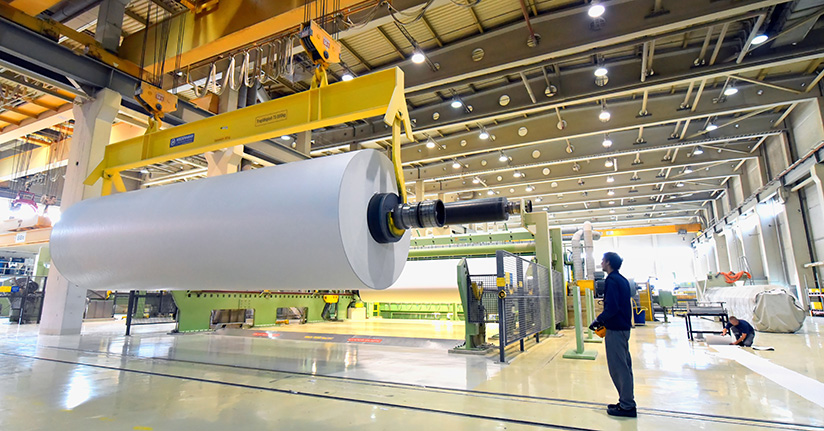
The pulp and paper industry is constantly evolving, driven by the need to optimize processes and uphold high-quality standards. As traditional methods of data monitoring struggle to keep pace with…
Join Us at MIAC 2025!
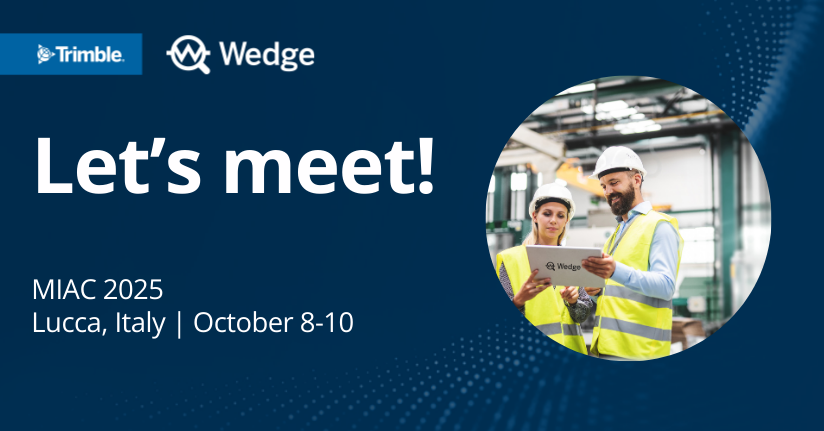
Trimble Wedge is proud to sponsor MIAC 2025, the premier event for the paper and packaging industry in Italy. The conference will be held in Lucca from October 8 to…
Billerud Gävle selects Wedge
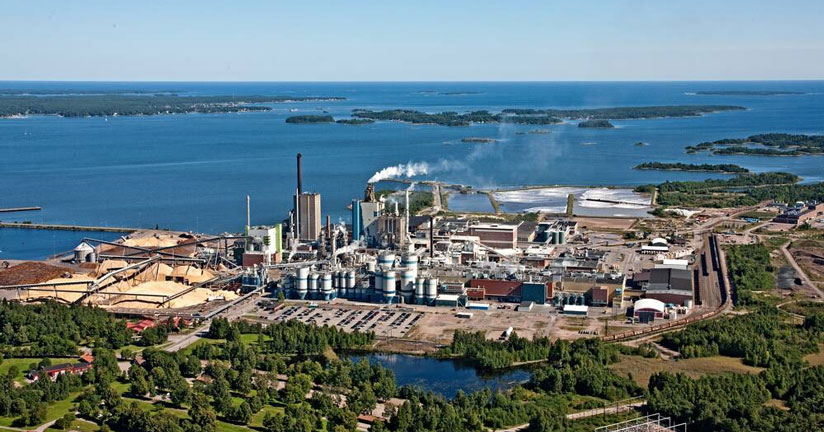
Billerud’s production unit in Gävle, Sweden, renowned for producing liquid packaging board and white-top liners for food-proof packaging solutions, has chosen Wedge to support consistent quality and efficiency in its…
Join us at two key industry events in July

We are excited to present Wedge at two significant industry events this July. Join us at Zellcheming in Wiesbaden, Germany, from July 1-3, and Congresso Nacional da Bioenergia in Araçatuba,…
Let’s meet at TAPPICon 2025 in Minneapolis!
We are thrilled to announce our participation in TAPPICon 2025, the premier conference for sustainable forest product producers, taking place in Minneapolis, MN, from May 4th to May 7th, 2025….
Let’s meet at Paper & Tissue One Show in Abu Dhabi!
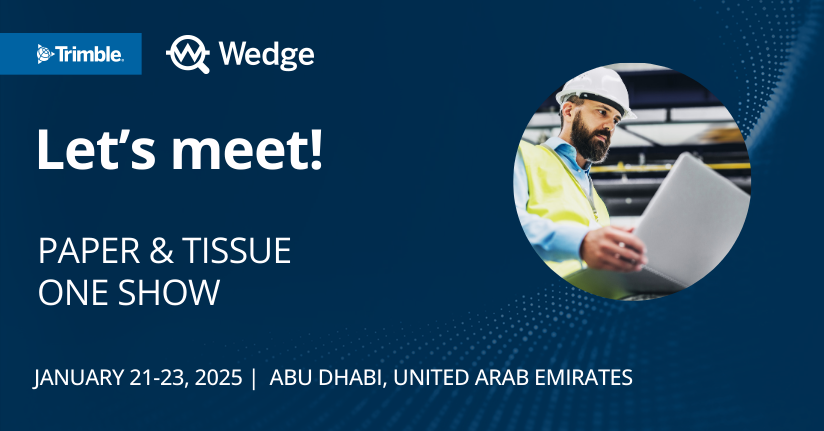
Trimble Wedge is exhibiting at Paper & Tissue One Show, the premier global paper and tissue industry event. Paper & Tissue One Show will take place in Abu Dhabi from…
Now available: Wedge 10
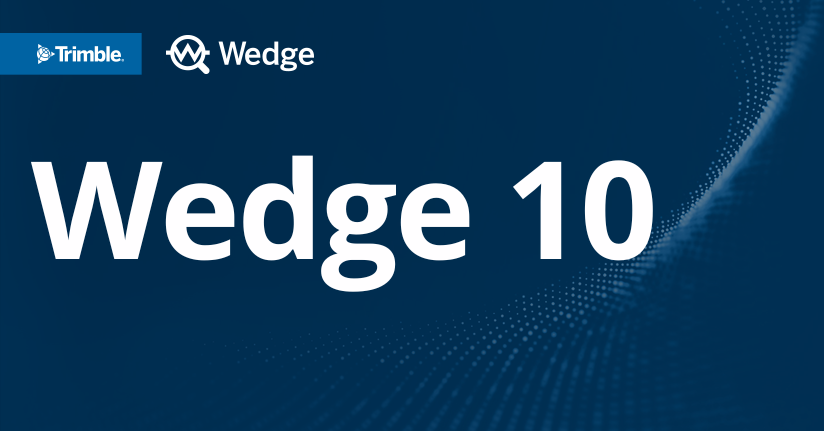
We’re pleased to introduce Wedge 10, the latest upgrade to our process analytics tool. Wedge 10 offers: A new Web browser interface for viewing dashboards and trends An expanded collection…
Harnessing industrial data: Turning fragmented data into competitive edge

The amount of data collected from industrial processes is increasing at an accelerating speed. Modern computer systems allow data to be stored over long periods of time and at a…
Let’s meet at MIAC 2024!

Trimble Wedge is sponsoring MIAC 2024, the number-one event for the paper and packaging industry in Italy. MIAC will take place in Lucca from October 9 to 11, 2024. At…